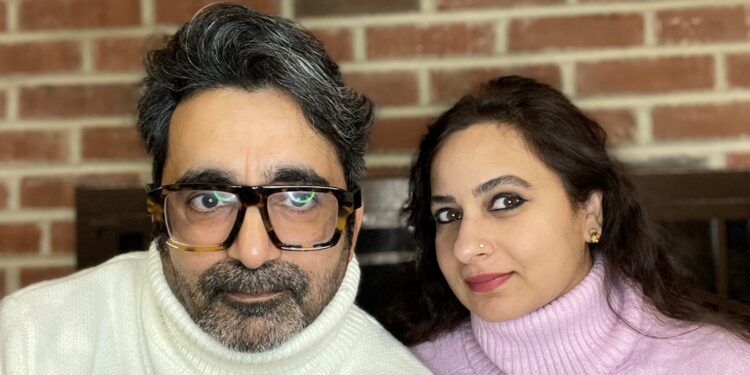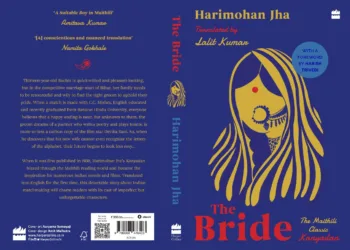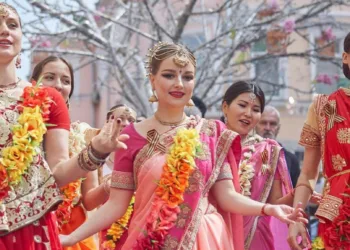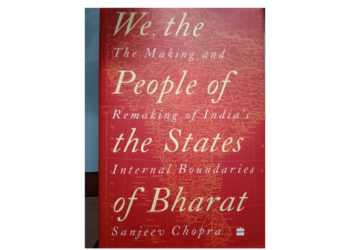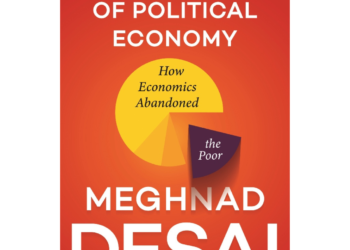THESE STORIES ARE AN INTEGRAL PART OF THE ANECDOTAL AND ORAL HISTORY OF THE LANES AND BYLANES OF THE CITY.
BY RUKMA SALUJA
The stories in The Haunting of Delhi City are set in a Delhi we think we know well, but don’t. This is a Delhi that reveals the presence of the supernatural at every corner—ghosts as real to us in stories as they are in our imagination. Exquisitely chilling, each of these tales holds a piece of the city and its people—especially the ghosts. Oh, these are just stories, you say. But are they?
A conversation with authors JATIN BHASIN and SUPARNA CHAWLA BHASIN
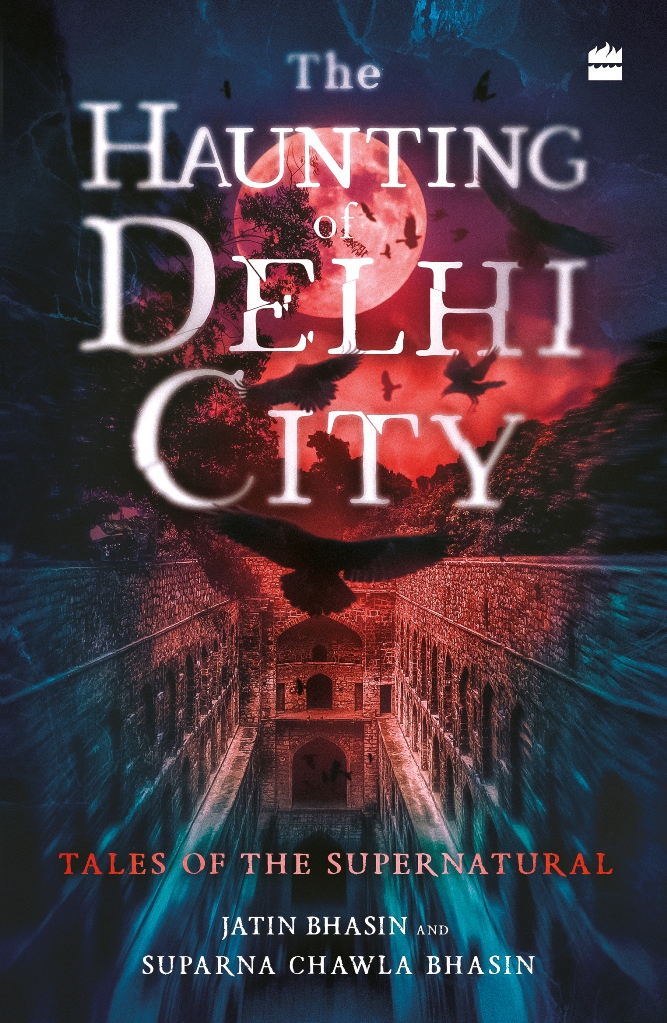
HarperCollins | Rs 399
Excerpts from an interview with the authors:
Writing about the ghost stories of Delhi! What an unusual idea! How did you hit upon it?
Growing up in a government colony in Delhi’s Sarojini Nagar in the late 1980s and early ’90s, our summer nights were spent under the stars with uncles, aunties, kids, and babies sleeping on charpais in the open. Setting the stage for sleeping outside was an experience in itself. Water was sprinkled to settle the dust and cool the scorched earth, electrical connections were set up from the nearest electricity pole for table fans to work, and water bottles were wrapped with a wet cloth. The last thing we did was to set up the charpais. When we had settled down, the stories would begin—stories of resilience, of rebuilding lives post- Partition, Lutyens’ Delhi, the fate of erstwhile villages, stories of khandani pakode wala of Sarojini Nagar and of Nagpal’s chole bhature. Those nightly sessions always ended with ghost stories— stories that were rooted in the havelis of Mehrauli, in the abandoned houses of Greater Kailash, or the minar opposite the Green Park market.
This is where our love for this city started. Over 20 years, we absorbed the tittle-tattle and hearsay about the abode of the supernatural. Stories told by a paanwala whose stall was near a haunted house in GK, by the cab drivers who dropped us home after our late-night shifts, or by the guards outside Mehrauli’s Archaeological Park.
During the Covid-19 lockdown, we began tweeting these stories and they went viral. People from around the globe messaged us their experiences and stories. These stories (on the ghosts of Delhi) do not find place in any books on the city, in the research papers of mainstream or purist historians. We, however, believe they are an integral part of the anecdotal and oral history of Delhi. This is a book about Delhi—its history, culture, food and, yes, its ghosts.
Now that you’ve done your research—can we really believe in ghosts?
Our intent in writing this book is not to prove the existence of ghosts. Belief is a very personal thing. We once asked a famous scientist and his response was apt: “Just because I do not understand something does not mean it does not exist.”
People shared personal stories with us. There’s one of a woman murdered by robbers whose ghost would visit their home to cradle her little daughter daily at 1 am, the time of the intrusion and robbery. The family would find the sleeping five-year-old levitating in a cradling position.
A rationalist might argue that shock and grief could have caused the family to hallucinate but that’s not for us to judge. We merely collected the stories.
Interestingly, though, a 2019 poll suggests that 46 percent of Americans believe in ghosts, and surprisingly, atheists report a higher belief in the paranormal than religious folks. The General Social Survey found that as religious affiliation declined over four decades, belief in the afterlife remained relatively steady: In 1978, about 70 percent of those surveyed believed in the afterlife, and about 74 percent in 2018.
What sort of haunted places did you visit?
Over the years we have visited pretty much all the places in Delhi that were said to be haunted. Our stories, however, did not come from visiting those places; they came from people― from paanwalas whose shops were located near a haunted house in Greater Kailash; from cab drivers who dropped us home after our late-night shifts; the guards outside Mehrauli’s Archaeological Park. There are stories of occult practices in Sanjay Van, the deals people make with djinns for fulfilment of their desires and the price paid; abortion clinics of yesteryears.
Which was the spookiest?
As you can imagine, it takes a lot to spook us as we were either collecting spooky stories or writing them. So, we are going to answer this question from the point of view of our readers about places in Delhi people find spookiest.
I think most people would say Jamali Kamali tomb is one of the spookiest places in Delhi. Jamali Kamali is both a mosque and a tomb situated near the Qutab Minar. Jamali was a famous Sufi saint but no one knows about Kamali. Some say they were brothers, others say he was a servant; some books claim he was a gay lover. A famous haunt of djinns, the tomb and its surrounding area are said to have an eerie feel, particularly after sundown. People report a presence next to them; they see shadows and apparitions, even the strange sound of an animal growling. They see faces peeking from behind the pillar of the tomb but on investigation find no one. The haunting is said to be the reason Friday prayers are prohibited inside this mosque.
Rajon ki Baoli in Mehrauli, a stepwell built during the Lodhi era, also has an eerie vibe. At one time, it had murky black water and as you stepped closer to the bottom of the well voices would encourage you to jump into the water to drown. There is a tree outside the Sector 9 Metro station at Dwarka near which many people don’t feel comfortable.
Then there is Bhuli Bhatiyari ka Mahal, a 14th-century hunting lodge of Feroze Shah Tughlaq, said to be named after Bu Ali Bakhtiyari, a Sufi saint who lived there during the Tughlaq dynasty reign. Others believe a Bhatiyarin, or a tribal woman from Rajasthan, forgot her way and ended up here. The place subsequently became famous as Bhooli Bhatiyari. Her ghost now is said to occupy the mahal.
How can you tell if a place is haunted?
Interestingly, I too posed this question to people and the consensus is as follows:
There’s a feeling of being watched, and sometimes you are certain you actually saw someone, but there is no one. Also, one gets these really bad vibes.
Phantom smells. Such places have an unusual smell that seems out of place or don’t seem to have a source e.g. the smell of talcum powder in an old abandoned house or monument.
Cold spots. There are sudden and sharp drops in temperature. It is believed that ghosts draw energy and take heat from a place they visit or inhabit.


